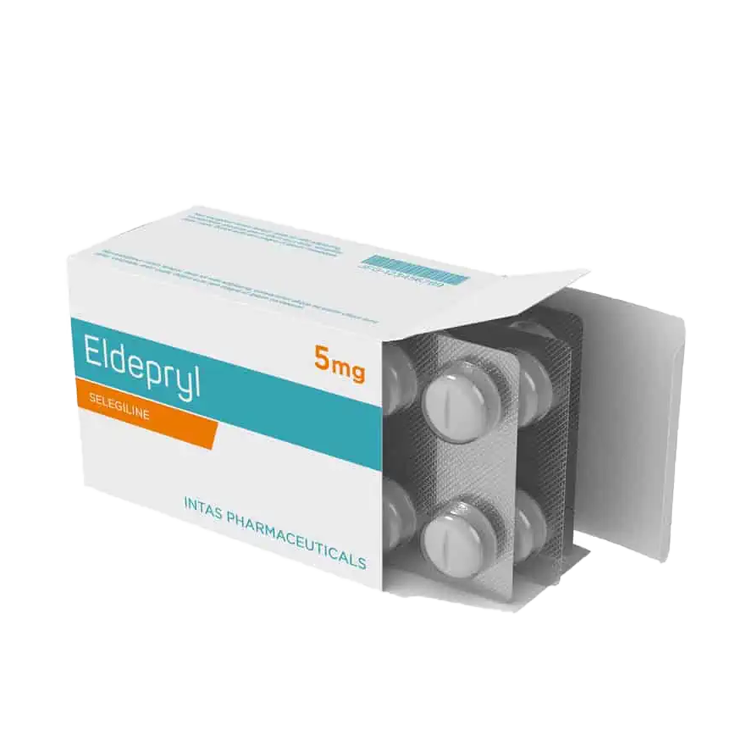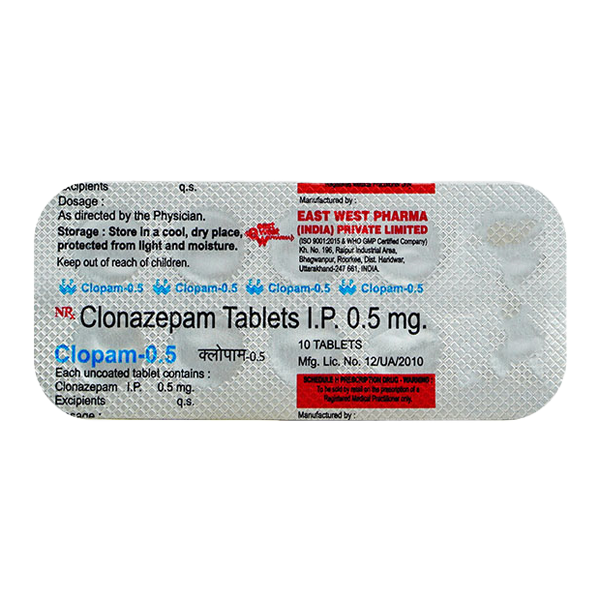Description
Overview
Selegiline, also known as (-)-deprenyl, is widely used in managing Parkinson’s disease (PD) and exhibits some antidepressant properties. It belongs to the monoamine oxidase B (MAO-B) inhibitor class. While MAO-A is primarily found in the brain and intestines and metabolizes dopamine and serotonin, MAO-B is prevalent in brain regions rich in serotonergic neurons. Selegiline is commonly prescribed at a dose of 10 mg/day as an adjunct treatment for PD. It is known for its neuroprotective role, as it can block the harmful effects of the neurotoxin MPTP, which mimics Parkinsonian symptoms. The extent of MAO-B inhibition can be assessed by measuring β-phenylethylamine (PEA) levels in the urine.
Pharmacological Effects
Selegiline exerts several beneficial actions:
-
Boosts dopamine levels in the brain
-
Minimizes oxidative stress by lowering hydrogen peroxide (H₂O₂) production
-
Offers long-term protection against oxidative damage
Metabolism
Selegiline is metabolized mainly in the liver, forming three active compounds: desmethyl-selegiline, amphetamine, and methamphetamine. Studies have shown that these metabolites appear in the urine within two days and account for about 44–58% of the original dose. Additionally, metabolism occurs in the gastrointestinal tract and lungs. In transdermal form, selegiline selectively inhibits both MAO-A and MAO-B in the brain while sparing MAO-A in the gut, thus reducing the risk of hypertensive crises associated with dietary tyramine.
Dosage
Animal studies using 0.5 mg/kg and 5 mg/kg doses revealed that selegiline more strongly inhibits MAO-B than MAO-A in organs like the brain and liver. In humans, a 10 mg oral dose is rapidly absorbed and metabolized, with a half-life of approximately 1.5 hours.
Selegiline for Depression
Selegiline is available as a transdermal patch (EMSAM) for depression. A 6 mg/24 hr dose is generally safe and does not require dietary restrictions. However, at higher doses (9–12 mg), patients must avoid tyramine-rich foods due to reduced enzyme selectivity. A 20 mg/day dose over 6 weeks demonstrated significantly greater effectiveness than placebo in clinical trials.
Use in Dogs
Selegiline HCl has proven effective in treating cognitive dysfunction in dogs at doses of 0.5–1.0 mg/kg. In one study, 80% of the 641 dogs treated for 30 days showed symptom improvement.
Safety Profile
Selegiline is typically well-tolerated, with most side effects—such as fatigue, vertigo, nausea, or anxiety—being mild and comparable to placebo. However, insomnia is reported more frequently in PD patients. Drug interactions have been noted with medications like fluoxetine and pethidine.
Adverse Effects
Side effects when selegiline is combined with fluoxetine include agitation, high blood pressure, mania, sweating, and rapid heartbeat. When taken alone, common side effects include nausea, headaches, dizziness, and sleep disturbances. The EMSAM patch has fewer systemic side effects, though skin irritation at the application site may occur.

 STORE OPEN | LATEST UPDATE:
STORE OPEN | LATEST UPDATE:












